Since its inception, this small street has been named Hang Dao Street, briefly under the French colonial period called Rue de la Soie (Silk Street). After 1945, this street was renamed Hang Dao and this name has been kept until now.
At the beginning of the 15th century, in his book Du Dia Chi, Nguyen Trai wrote about this street as follows: Hang Dao ward is a place where people specialize in dyeing cashews. It means that since ancient times, this street has been the site of silk dyers' association and specializes in dyeing red, pink, and peach flowers for silk fabrics. In the 17th century, the craftsmen on this street expanded their range from dyeing to bleaching silk.
On Hang Dao Street, there are other architectural works of worship, including Dong Lac Temple at No. 31; Dong Lac communal house at number 38; Dai Loi Temple is also known as Bach Bo Temple at number 47; Dai Loi communal house at the end of the street due to road widening, so it was finally moved to 50 Gia Ngu street and Hoa Loc communal house at 90A.
During the French colonial period, Hang Dao street was the center of silk products. The shops on both sides of the road sell many silk products such as chiffon, satin, silk, fine silk, gauze, brocade, crepe, etc. On the 1st and 6th of the lunar calendar every month, silk fairs are held. named Hang To market (silk ward) was held. At that time, some shops were selling clothes on Hang Dao street but this item was sold mainly in nearby Hang Vai street.
In the early 20th century, a number of Indian textile merchants opened shops selling silk and wool products imported from the West. Also during this period, a number of grocery stores, gold and silver shops, and hat making shops were established, but the main items offered in Hang Dao Street are still silk products.
For the revolutionary cause, Hang Dao street is also home to many remarkable monuments, including house number 10, which is Dong Kinh Nghia Thuc school founded by teacher Luong Van Can and his associates from March to May. December 1907. The famous anti-French revolutionary fighter Phan Chu Trinh lived here for a short time and gave many revolutionary speeches. Another branch of the school is the communal house at 63 Street, which is also a large communal house with many compartments, the back door leads to the courtyard of Dai Loi communal house leading to Gia Ngu street. The influence of Dong Kinh Nghia Thuc quickly spread. Many places in the suburbs of Hanoi come here to find textbooks and open classes in the locality like the model of Dong Kinh Nghia Thuc school on Hang Dao street.
On the day of liberation of the capital (October 10, 1954), the Vietnamese army marched from Gia Lam district to the center of Hanoi through Long Bien bridge, through Hang Dao street and was warmly cheered by the national flag. Hanoi people.
Currently, every weekend night, Hang Dao street becomes part of the old town night market, an attractive tourist destination of Hanoi capital.
 Register
RegisterSign in Travel Agent
Sign in Supplier
Sign in Affiliate
Sign in Guru

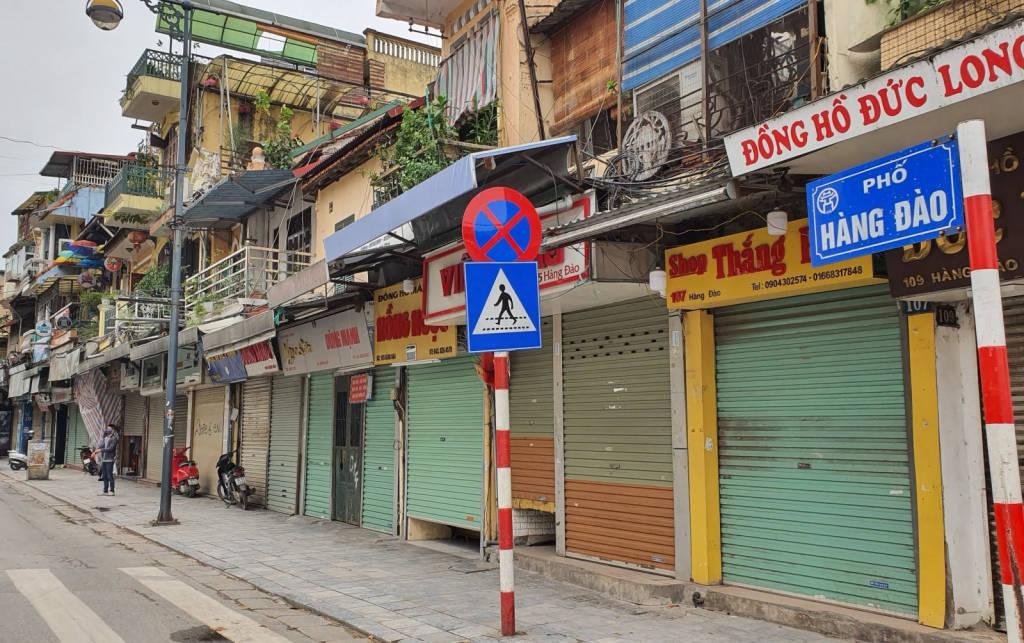
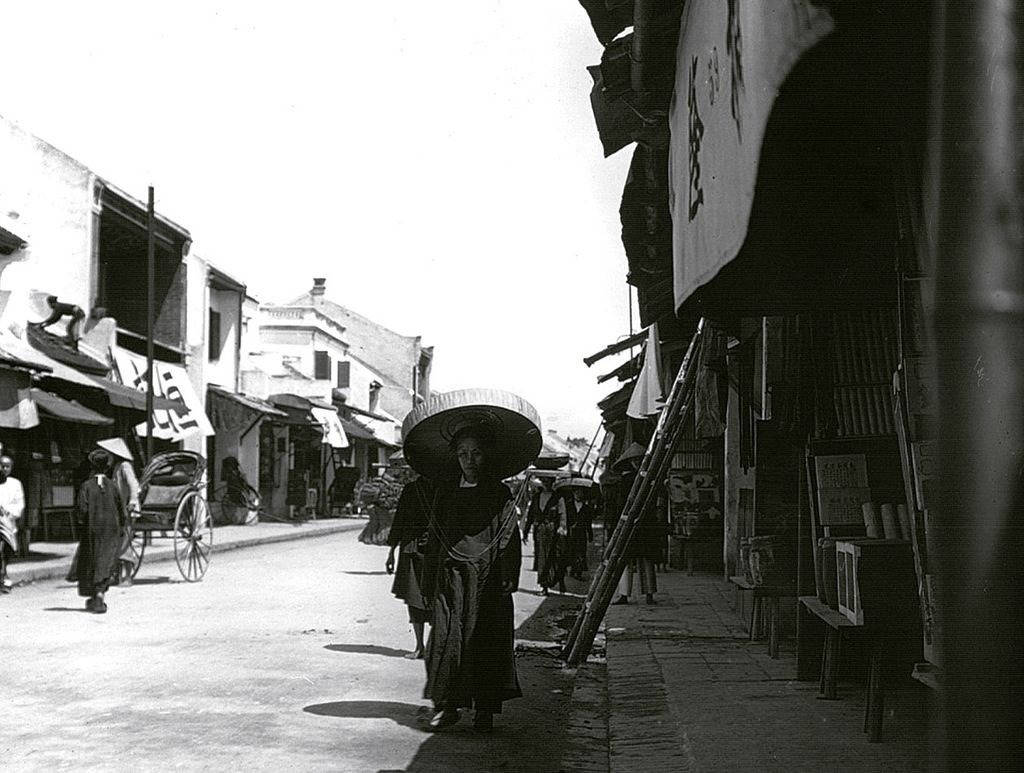
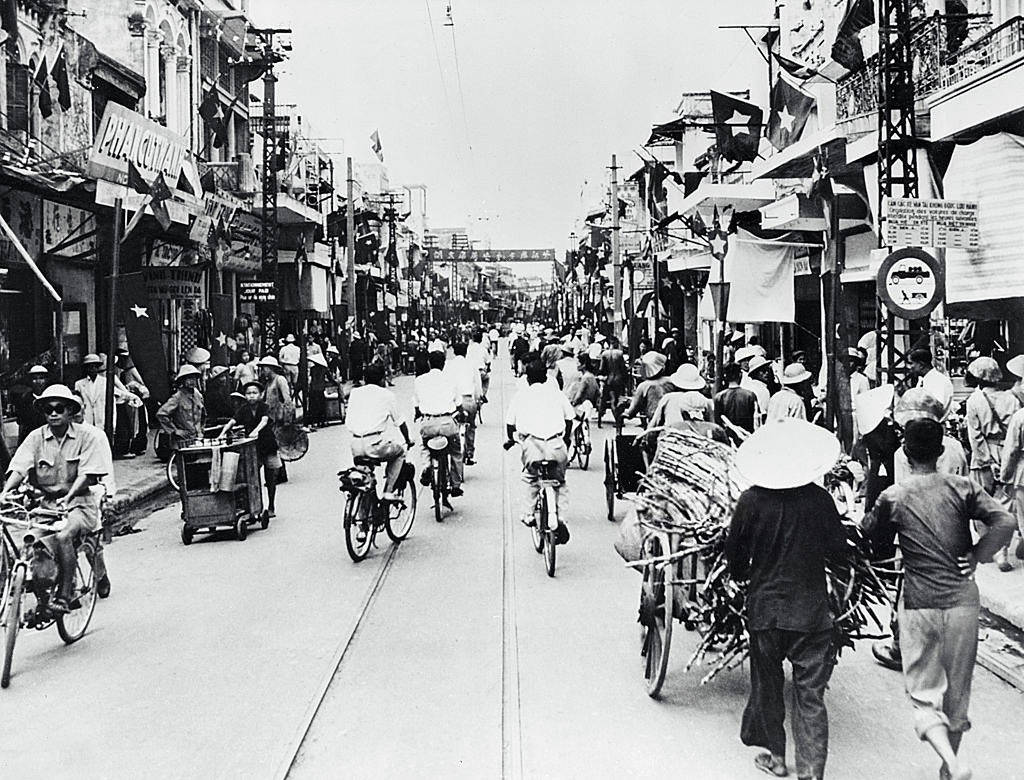
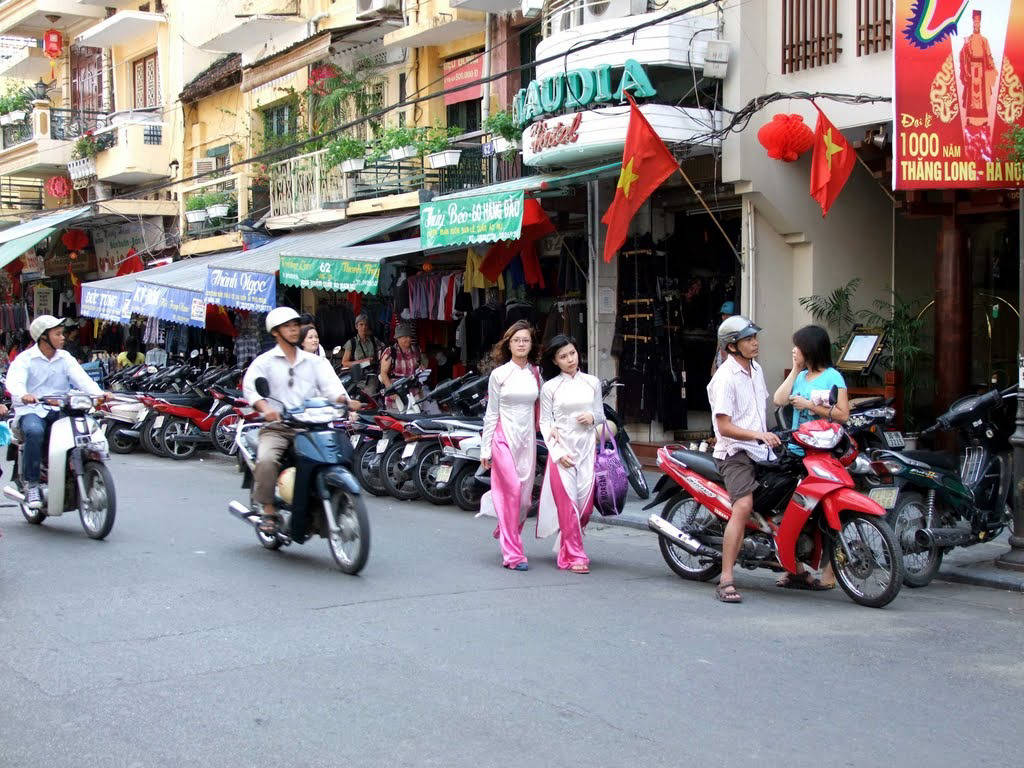
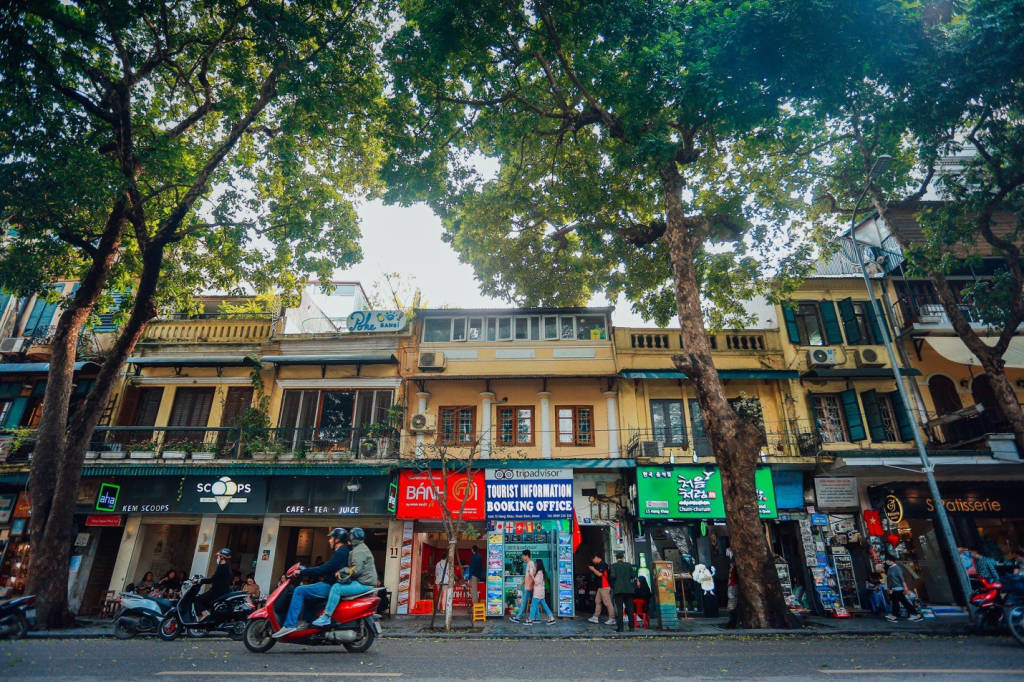
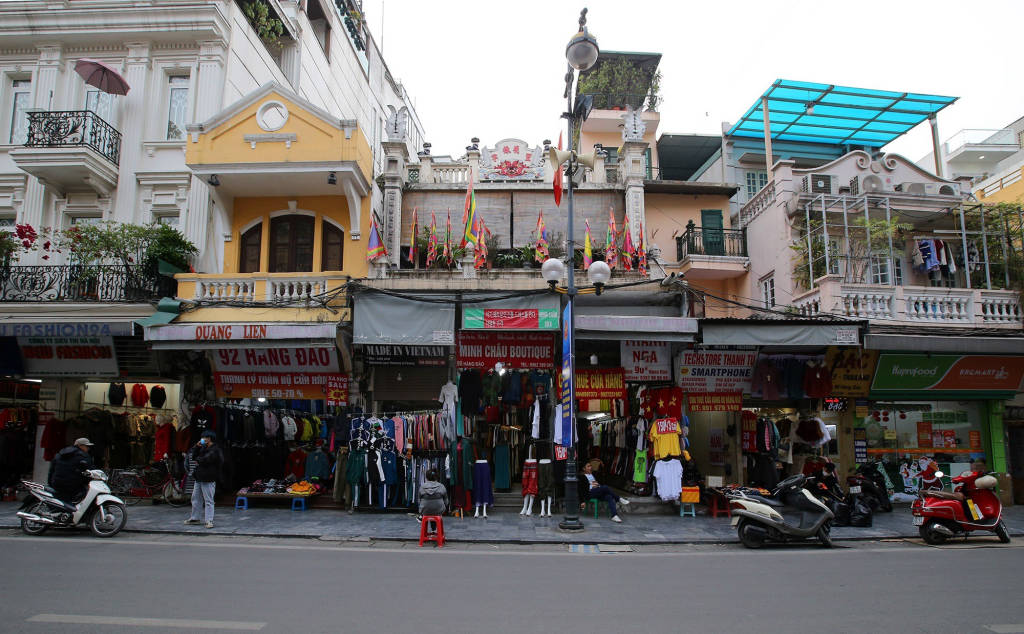






 Hang Dao,
Hang Dao,